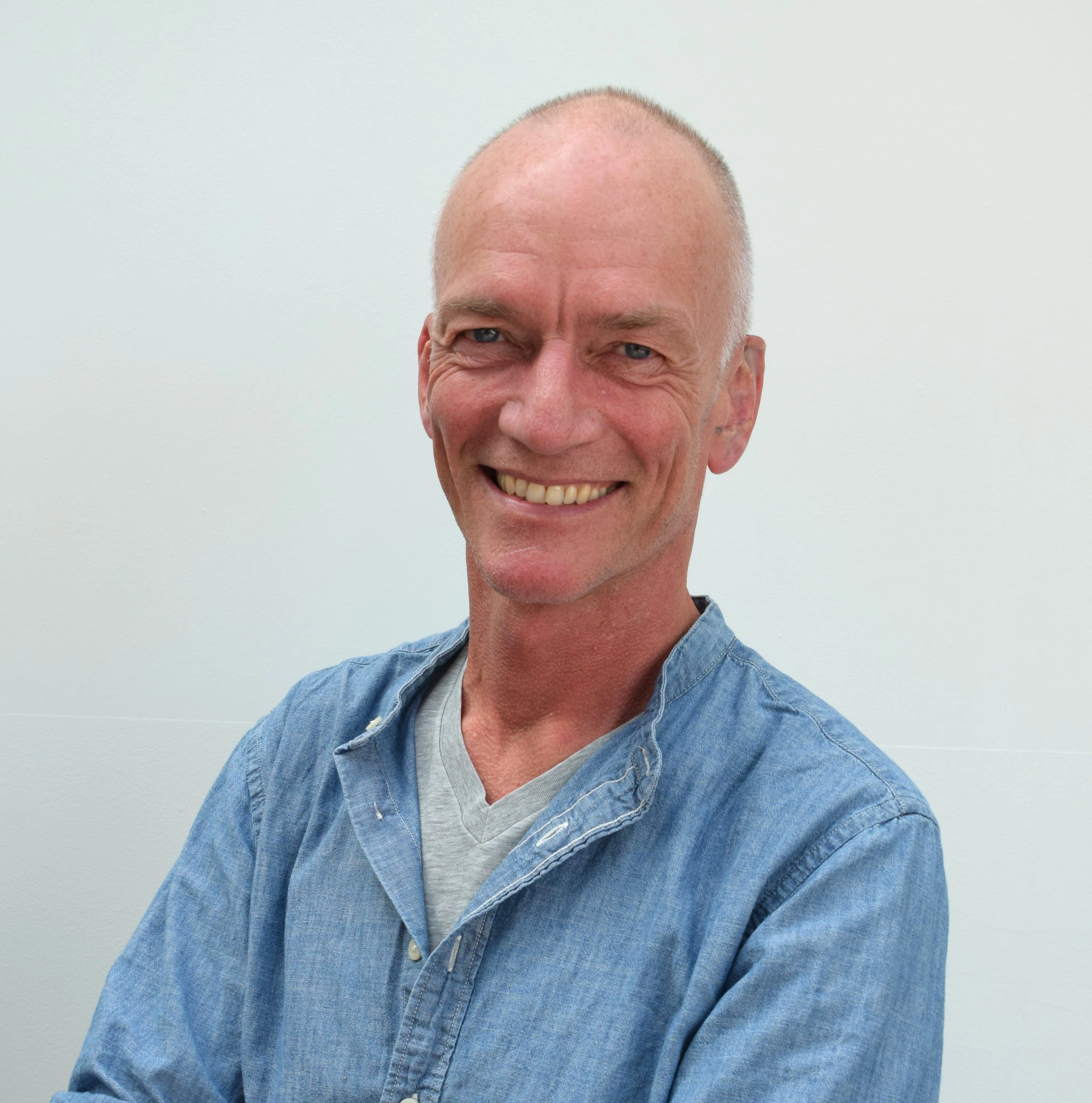A single-phase inverter in a three-phase grid: is that possible and how does it work?
The difference between the connections is in the number of conductors in the power cable that enters the house from the public grid. With a three-phase connection, power is distributed over three separate phase wires, whereas with a single-phase connection, power all enters on 1 phase wire. This means that with a three-phase connection, less power is required per phase, and therefore smaller fuses are used (e.g., 25 amps), whereas with a single-phase connection, the fuses are larger, e.g., 40 amps.
Today, most new homes get a 3-phase connection, in part because some appliances in the home today require power steam, or 3-phase power, to function. These include appliances that require a lot of power such as larger induction cooktops or heat pumps.
-
1-phase and 3-phase: what is the difference?
The difference between the connections is in the number of conductors in the power cable that enters the house from the public grid. With a three-phase connection, power is distributed over three separate phase wires, whereas with a single-phase connection, power all enters on 1 phase wire. This means that with a three-phase connection, less power is required per phase, and therefore smaller fuses are used (e.g., 25 amps), whereas with a single-phase connection, the fuses are larger, e.g., 40 amps.
-
The most common connection
Today, most new homes get a 3-phase connection, in part because some appliances in the home today require power steam, or 3-phase power, to function. These include appliances that require a lot of power such as larger induction cooktops or heat pumps.
Why would you choose one or the other?
Grid operators want the power flowing on the various phases to be balanced: in other words, as much of the same consumption and production on each phase as possible. Therefore, the rule is that if you connect more than a certain amount of your own power production to the grid, you are required to distribute it among the phases. That limit is 5 kiloWatts, which is why the largest single-phase inverter offered by Zonnefabriek is the Sunny Boy 5.0TL or SE of 5 kW AC power. If the power is less than 5 kW then it makes so little difference to the “imbalance” that grid operators have no problem allowing the inverter to be connected to only 1 phase. Therefore, because of the lower cost of a single-phase inverter, such a model is often chosen.
If you put the inverter on only one of the three phases, what about feed-in? Suppose you are feeding power back to the grid on one phase, while at the same time taking power from another phase, is this recorded separately by the kWh meter? The answer is no. The grid operator's kWh meter, including the 'smart' meter, internally calculates what happens on the various phases. Two kilowatts of power entering the grid on phase 1 while simultaneously drawing 1 kW of power from the grid on phase 2 and 1 kW from the grid on phase 3 means that, on balance, no power is accounted for: both the off-take counter and the feed-in counter remain at the same position. Anyway, a smart meter can never register both off-take and feed-in at the same time: It is one or the other.
Home battery systems work similarly to PV inverters. The inverter will either send power to the phase to which it's connected, or draw power from that phase to store in the battery, aiming to keep the total power at the meter at zero. This can result in power being sent from the solar panels to the grid even though the battery isn't yet full, as in the image below. This may seem strange, but in this way, the power consumption on phases 2 and 3 is compensated for by exchanging power with the grid on phase 1. If the solar panel production increases, the surplus will of course be stored in the batteries.

On phase L1, 4 amps flow out of the house, and on phases L2 and L3, 2 amps each flow into the house. Result: the balance is 0.
Abolition of the net metering mechanism
The issue of feed-in is not so relevant at the moment, because the net-metering scheme ensures that energy that is fed back has the same value as energy that is purchased: it is offset against each other, so to speak. The net-metering scheme continues until 1-1-2027.
But even after 2027 there is no problem if an inverter is connected to only 1 of the 3 phases. The smart meter balances everything out. On our product page for inverters and optimizers you will find all 1- and 3-phase inverters that Zonnefabriek offers.
Select a category
Find your question
Enter a keyword to search through our FAQ
Click here for an overview of all terms used, with a brief explanation of each term.
List of terms
